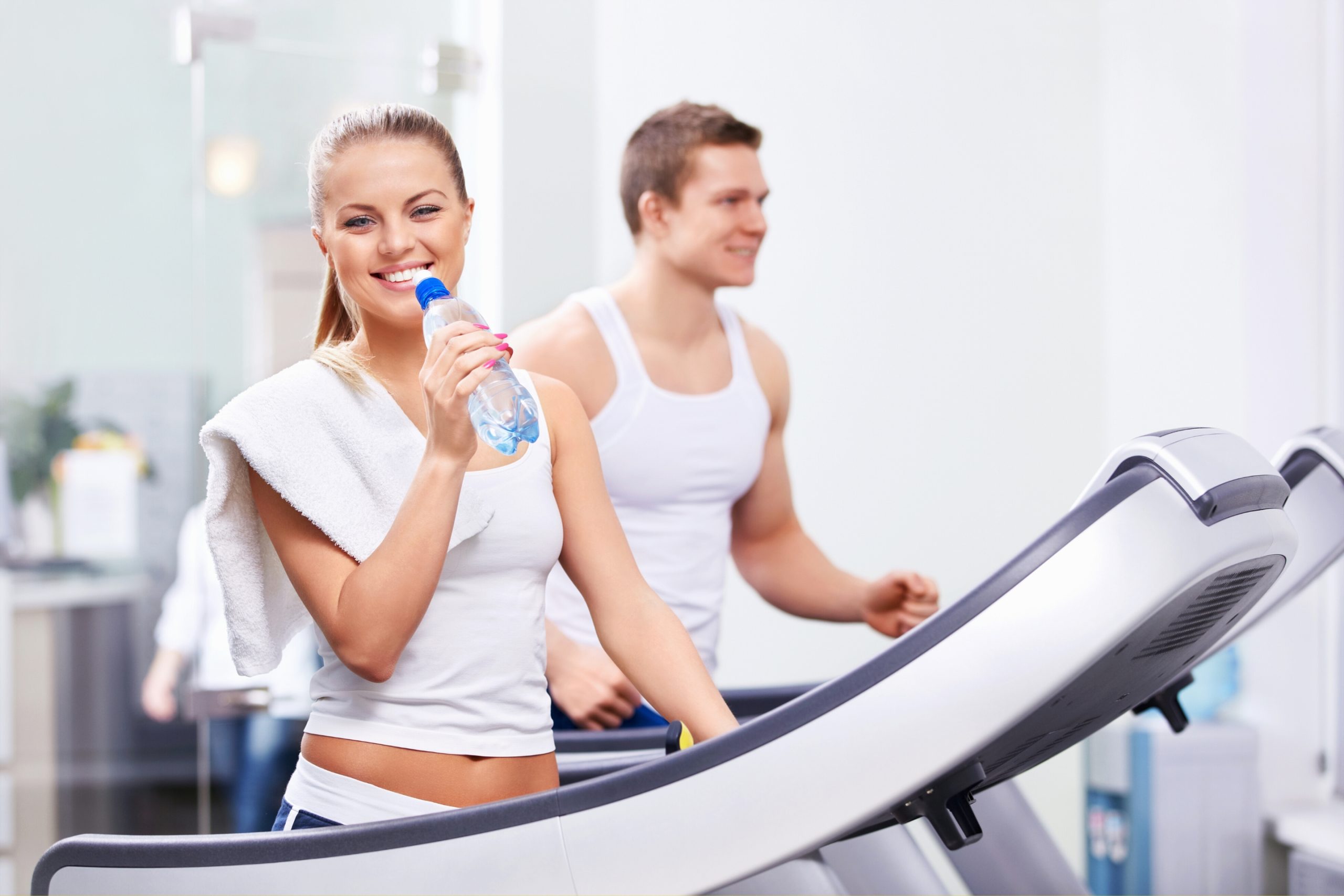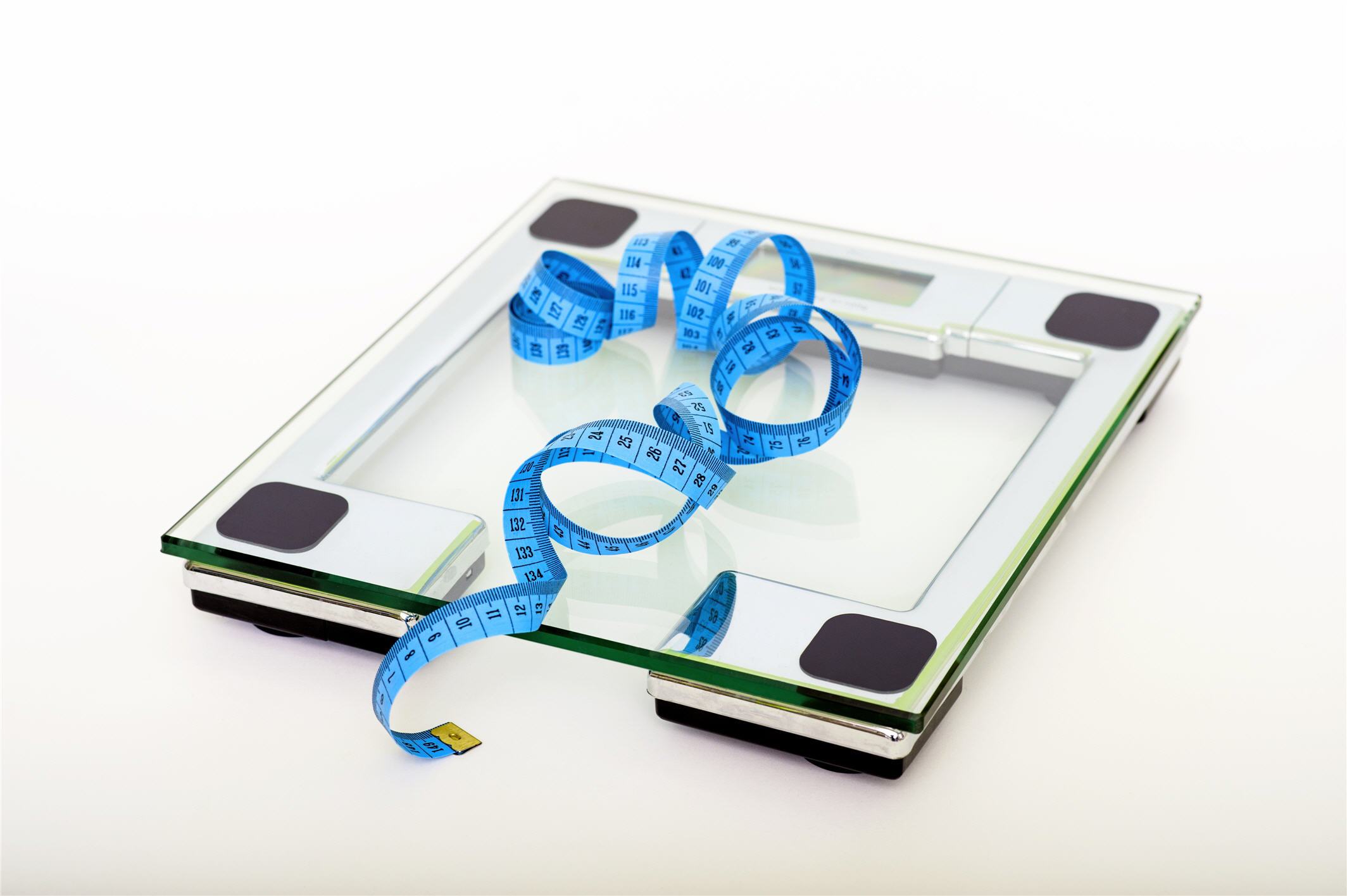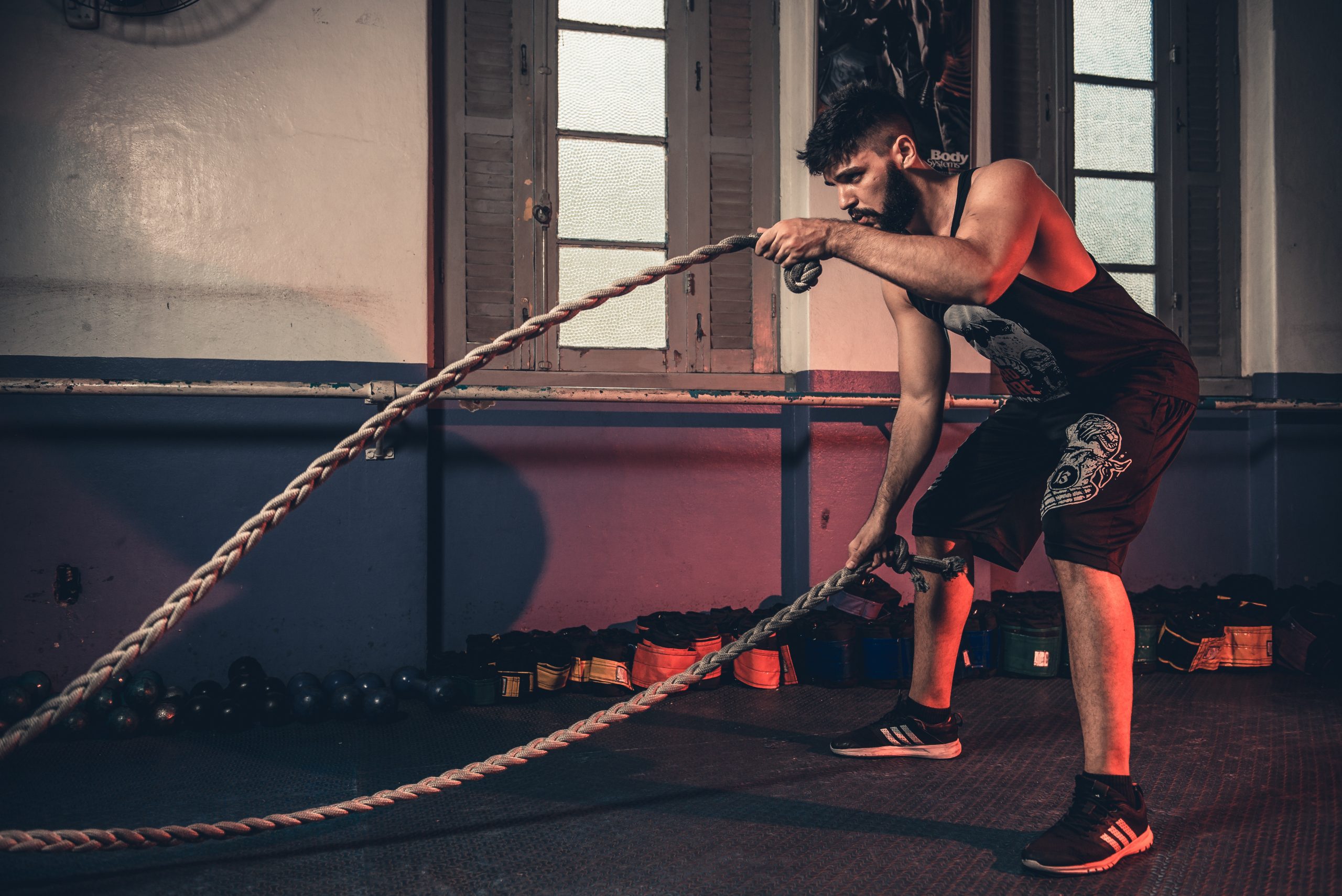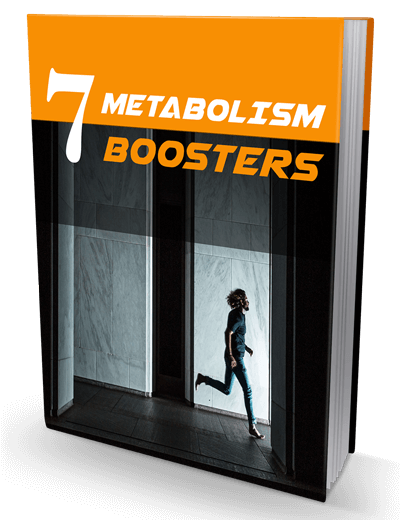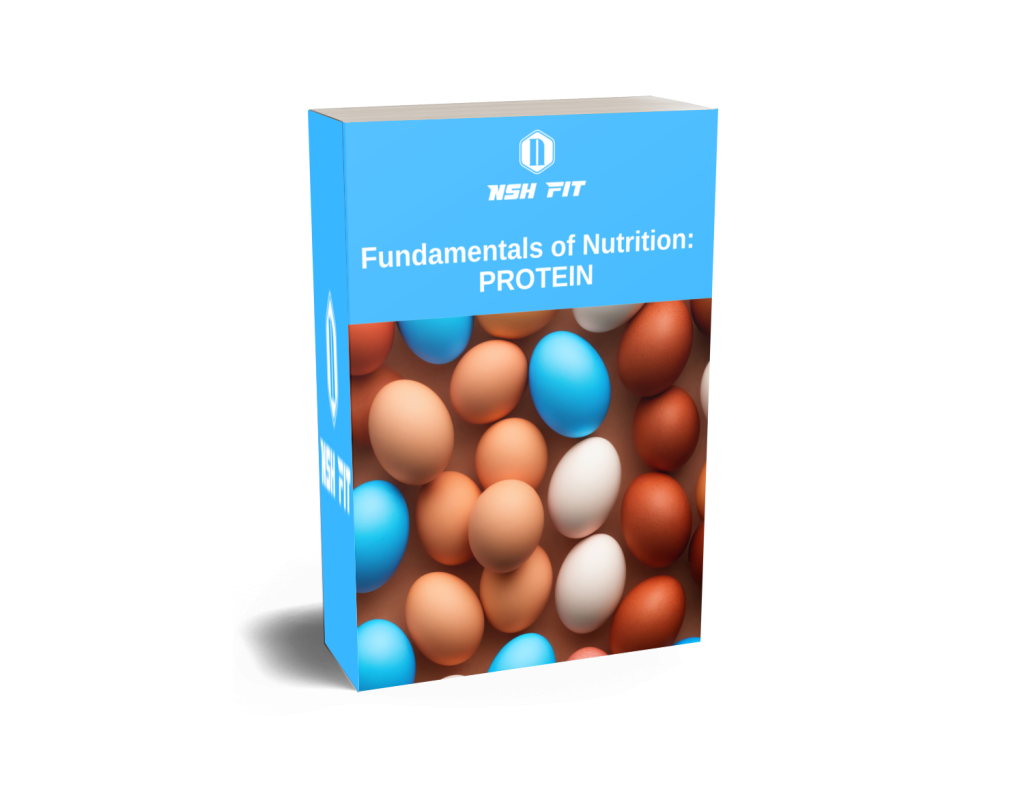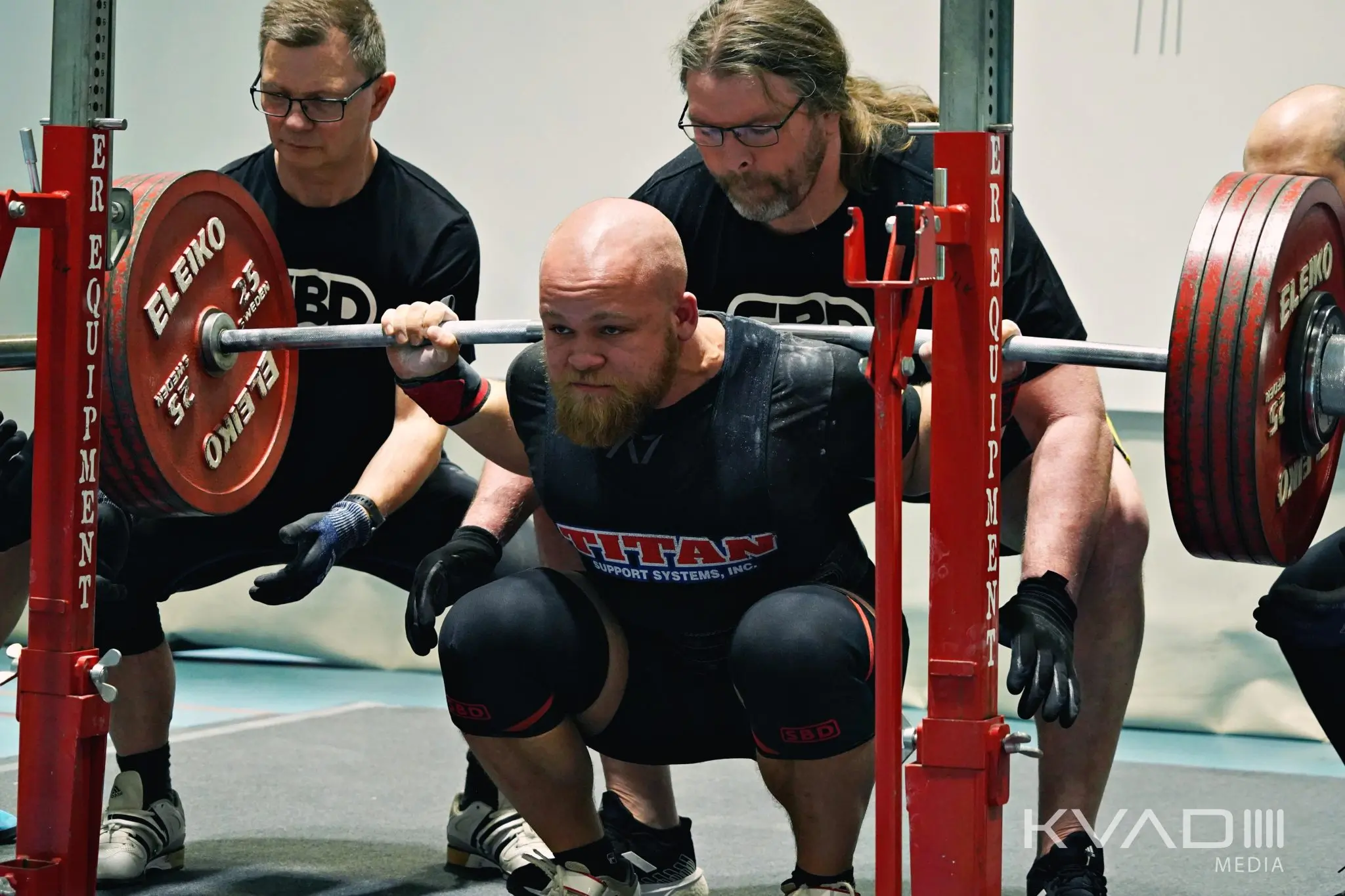We all know we should exercise, but sometimes it’s hard to motivate ourselves to get moving.
After all, there are so many different exercises out there, and it can be tough to decide which ones are worth our time.
That’s why we’ve put together a list of the five exercises you absolutely MUST do.
Trust us, these moves are worth the effort, and they will get you the most bang for your buck!
But before we check out the specific exercises, let’s briefly talk about the two types of exercises.
Compound VS Isolated
It’s the age-old question: compound exercises vs. isolated exercises – which is better?
Both have their merits, but it really depends on your goals.
If you’re looking to get the most bang for your buck, compound exercises are your best bet.
These exercises are highly engaging for multiple muscle groups at once, meaning you can lift heavier weights and add more training in less time (hence why it’s a bang for your buck!)
However, if you’re trying to improve certain lacking muscle groups and focus on them, primarily, isolated exercises may be more effective.
These exercises primarily target one muscle group at a time, allowing you to really tax that muscle and improve it from the inside out.
Ultimately, though, regardless of the goal, your main focus should be on compound movements and a progression through them (increasing the weights, reps, and sets.)
Here are the 5 fundamental compound exercises to focus on in your fitness routine!
#1 The Squat
If you’ve ever seen someone do a squat, you might have been impressed by the sheer strength required to complete the exercise.
However, you might not have realized that the squat is actually an incredibly effective way to work out a variety of different muscle groups.
In addition to targeting the quadriceps, hamstrings, and glutes, the squat also engages the lower back.
As a result, it can help to improve both strength and overall balance.
Additionally, squats can be easily modified to accommodate different fitness levels.
For instance, beginners may want to start with a bodyweight squat, while more advanced athletes can add weight by holding a dumbbell or barbell or doing a machine variation like the hack squat.
Regardless of your fitness level, incorporating squats into your workout routine is a great way to build strength, and endurance and experience the true intensity of training!
#2 The Deadlift
The deadlift. An exercise that often evokes dread in the hearts of even the most experienced gym-goers.
But what is this move that seems so simple yet offers such incredible results? The deadlift is a compound exercise that primarily targets the muscles of the posterior chain, including the hamstrings, glutes, and lower back.
When performed correctly, it can also help to improve core stability and posture.
Furthermore, the deadlift is an incredibly effective exercise for building strength and muscle mass.
In fact, it is one of the most efficient exercises for stimulating muscle growth and pulling strength.
Besides being a high-intensity exercise, the deadlift is flexible, offering a variety of variations, such as the barbell, dumbbell, Romanian and stiff-legged deadlift.
If you’re looking to maximize the development of your back, forearms, lower back, hamstrings, and glutes, the deadlift is a must-do!
#3 The Bench Press
The bench press is an exercise that targets several muscle groups in the upper body, including the pectoral muscles (chest), the triceps, and the front deltoids.
It is considered to be one of the best exercises for stimulating pushing strength, and as such, it is a mandatory constituent of any effective fitness routine.
The bench press can be performed with either a barbell or a pair of dumbbells, and there are also machine variations.
When using a barbell, the weight is evenly distributed across both sides of the body, allowing you to push the heaviest weight possible.
When using dumbbells, each arm must bear its own weight, which can help to improve muscular imbalances, both functional and visual.
The bench press can also be performed with different grips, including wide grip, close grip, and neutral grip.
Each grip places an emphasis on muscle groups and can offer different benefits.
For example, a wide grip bench press targets the pectoral muscles more than a close grip or neutral grip bench press, while the latter shifts the emphasis to the shoulders and triceps.
For all these reasons, the bench press is an essential exercise for any fitness routine because it offers a wide range of benefits and can be customized to target specific muscle groups.
#4 The Overhead Press
The overhead press is an excellent exercise for targeting the muscles of the shoulders.
It is also one of the best ways to stimulate shoulder strength.
The overhead press is a move that is often overlooked by many people when they are trying to get in shape.
This is because it requires a certain amount of coordination and balance.
However, once you have mastered the overhead press, it is an excellent way to work the muscles of the shoulders.
The overhead press targets the deltoids, which are the large muscles on the top of the shoulders.
The deltoids are responsible for raising the arm up above the head. The overhead press also works the triceps and the upper chest.
Last but not least, just like the other exercises on the list, the overhead press can be done either with a barbell, dumbbells or a machine.
#5 The Sprint
Sprinting is an amazing exercise that engages the entire body and places emphasis on the lower half like no other movement.
When done correctly, sprinting can torch calories, improve mood, increase energy and stamina levels, sculpt legs, and strengthen the heart.
For some, the idea of running can be daunting or even off-putting. That’s perfectly understandable.
But sprinting is a different animal altogether. It’s explosive, exhilarating, and empowering.
And once you get a taste of that endorphin high, you’ll be hooked.
So next time you’re looking for a leg workout that does not include weights, head outside for a sprint.
You won’t regret it.
Final Thoughts
If you want a time-efficient workout, compound exercises are a must for any fitness training routine.
They are simple, and effective, and the basic principles of fitness training (such as progressive overload) can easily be realized through them.
Do YOU do compound exercises? Which ones are your favorite?
